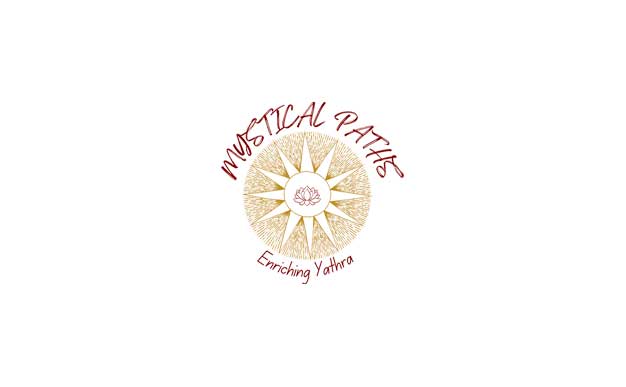Blog Details
What do epigraphs signify?
(This month’s column focuses on inscriptions and other texts recorded in earlier centuries that many are not aware of.)
All major inscriptions and most minor inscriptions of Tamil Nadu have been recorded and published. Do they still exist is an embarrassing question to ask – surely some, if not many, have since been cemented over or broken into pieces.
The first volume of inscriptions came out in 1886. Called the Annual Report on epigraphy (ARE) they are published in Mysore and may be purchased from there. The early reports have basic information. Knowledge we take for granted today were recorded as exciting discoveries for the first time in the pages of the report. Mahabalipuram was a Pallava port or Raja Raja built Brihadeswara temple, being examples. The accompanying letters give us glimpses of all the trouble Hultsch and his team had in collecting the inscriptions at a time when entry to temples were restricted and superstitions prevailed. From the 1920s, there were constant inflows of reports. Though inscriptions in other parts of India added up to the ever increasing list Tamil Nadu had the maximum contribution.
After the inscription were described with all the credentials such as place, possible date and reign of king, intact, detailed discussions were held to help understand and provide fascinating reading for anyone even remotely interested in history. Many of these have been quoted in these columns. 1920 – 1950 saw a major influx in collection of records. After that, reports became thinner and since the 1980s the volumes have been getting slender. Along with the 43 reports come two indexes, organised state and district wise, with information on the towns and the volumes in which they can be found. So to read all the inscriptions in a particular temple or town, one may have to refer to several volumes, each having some inscriptions recorded in that year. The ARE reports gave a pithy summary but the South Indian Inscription volumes had information on the complete inscription – text and translation.
The Pudukottai kings had their inscriptions independently translated and recorded in the 19th century. All these volumes may be purchased from http://asi.nic.in/asi_publ_epigraphical_annual.asp
The State Archeological Survey, with its offices in Halls Road, Chennai, behind the Madras Museum has these volumes as well as several excellent publications and analytic works since published. They have also published several volumes on some temples with many inscriptions and conference papers. The library has all the reading needed in this field.
To understand iconography “Elements of Hindu Iconography” by T.A. Gopinatha Rao may be referred to. “The Cholas” by Nilakanta Shastri is a classic reference material for the Chola history as are the four volumes on the Chola temples by S.R. Balasubramanian. Pallava history and temple architecture are well explained by C. Minakshi and Michael Lockwood. Pandya history and temple architecture awaits a single reference book. ‘Madurai through the Ages,’ by Dr. C. Meenakshi is a starting point; ‘The Imperial Pandyas’ by KAN Shastri is another.
For Pandya inscriptions, it is best to go back to the ASI inscription reports and the temple/district wise volumes of the State ASI. The Thanjavur based TN Archeological Society has been bringing out an annual collection of new inscription finds called Aavanam that is well worth a look, especially because it has smaller but valuable inscriptions of local interest. For bronzes, Dr. Sivaramamurti’s work is a classic. Beyond these are several other books by scholars like R. Tirumalai that are available at the State ASI library, Egmore, Chennai. Select Inscriptions of Tamil Nadu by Marxia Gandhi is an excellent guide for beginners since it has full inscription as well as the English translation arranged thematically. Scholars such as Champakalakshmi, Kudavayil Balasubramanian and C. Santhalingam have published several of their collected essays that are worth buying and reading. These books have a range of essays most of which draw from and analyse epigraphs.
Besides lauding the Ph.D scholars who have put in hard work, mention must be made of “amateur” historian N. Sethuraman who used astronomical calculations to assign dates for our kings. His books continue to be the most reliable when it comes to dates. Several of these books are out of print but a little research will get someone who is willing to share a copy for reading – and returning!
Every possible ways to understand inscriptions and apply them in our day-to-day lives are available.
(The author is a historian and may be contacted atpradeepchakravarthy75@gmail.com)
